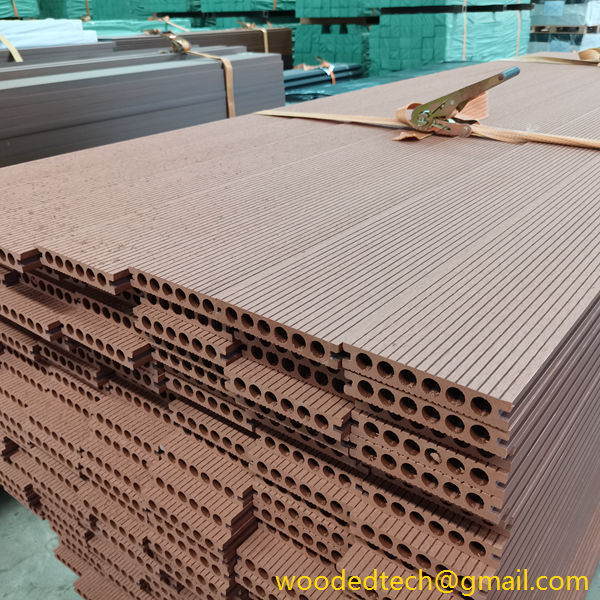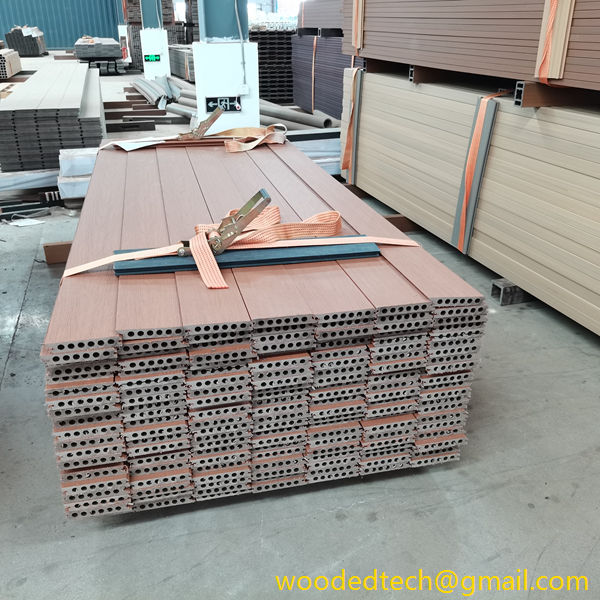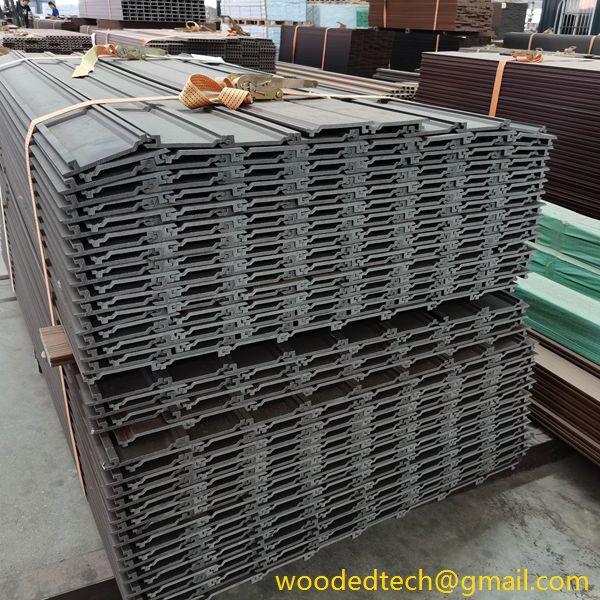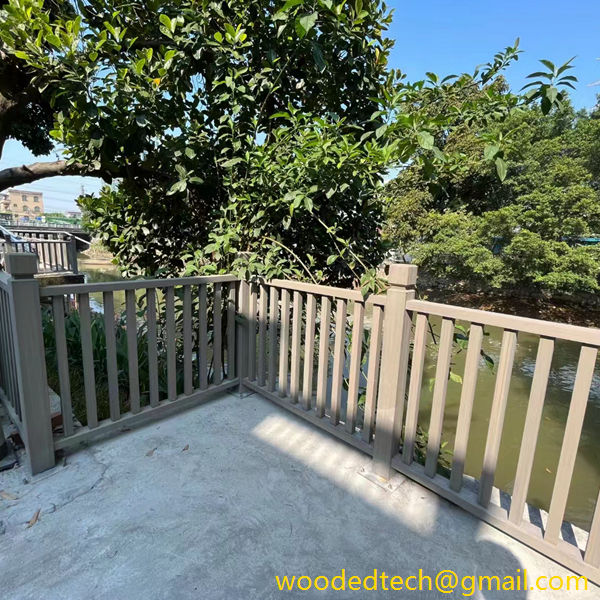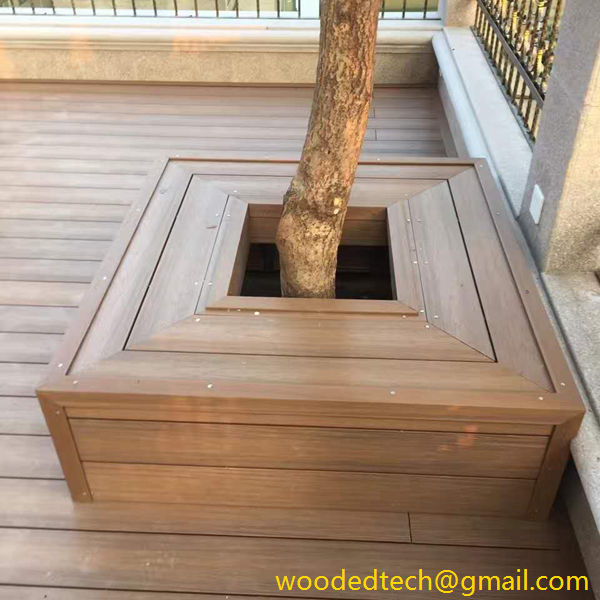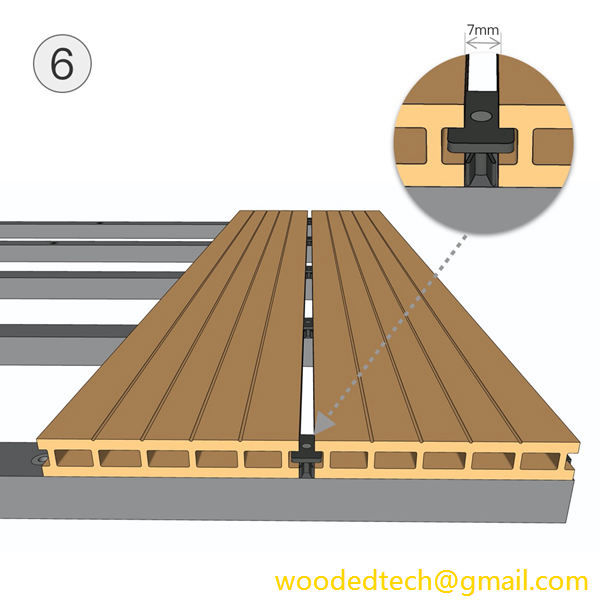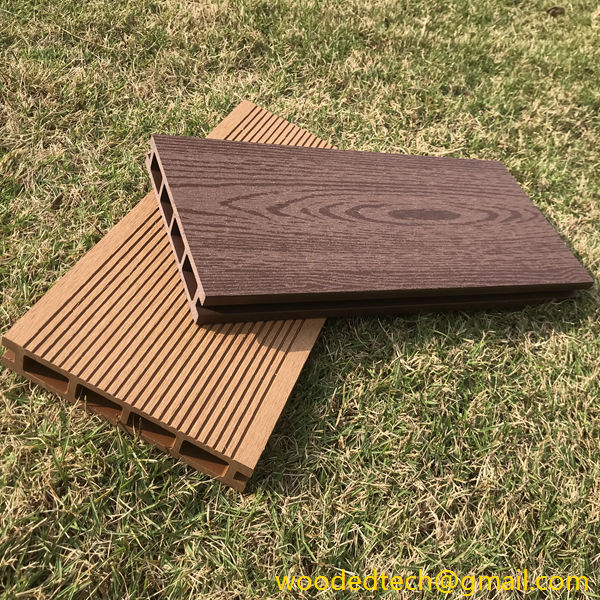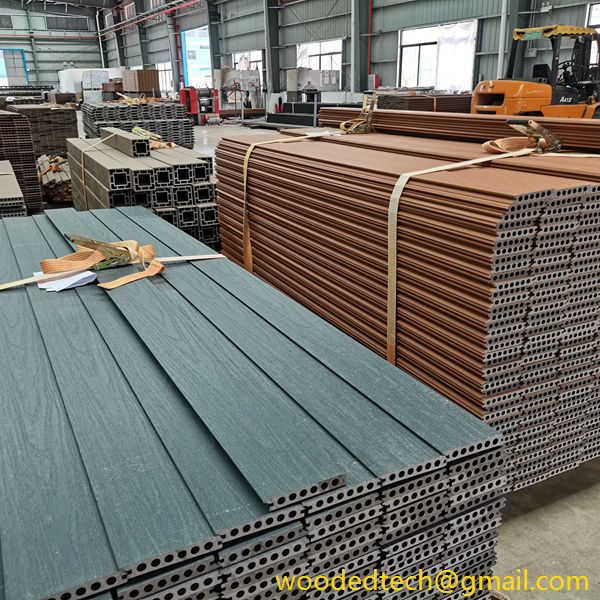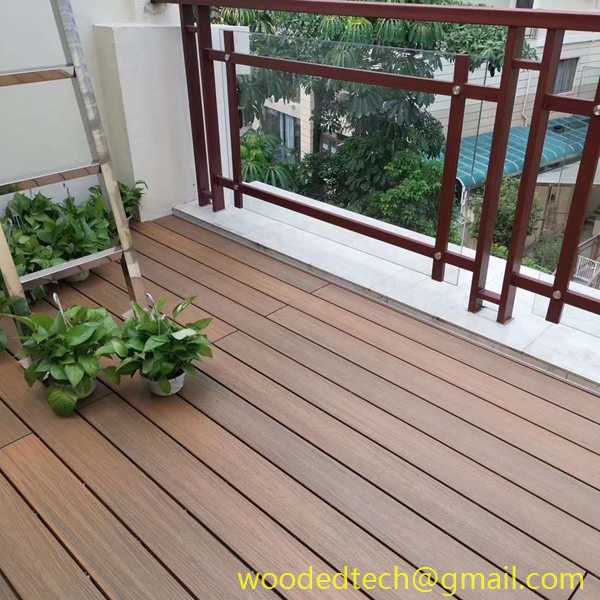了解木塑外墙在打造美观实用的建筑外墙中的作用
The aesthetic appeal and functional performance of building exteriors play a crucial role in contemporary architecture. One of the materials gaining significant attention in this domain is Wood Plastic Composite, commonly known as WPC. This innovative material combines the natural beauty of wood with the durability of plastic, resulting in facades that are not only visually striking but also remarkably functional. This article delves into the material properties of WPC and explores its advantages in creating stunning building exteriors.
WPC is composed of a blend of wood fibers and thermoplastics, which can include recycled materials. The combination of these components results in a material that mimics the appearance of natural wood while offering superior resistance to weathering, moisture, and pests. This unique composition ensures that WPC facades maintain their aesthetic appeal over time, without the common drawbacks associated with traditional wood. Unlike natural wood, which can warp, crack, or splinter due to environmental exposure, WPC remains stable and maintains its structural integrity.
One of the most significant advantages of WPC is its resistance to moisture. Traditional wood materials are susceptible to water damage, leading to issues such as rot and mold growth. WPC, on the other hand, is engineered to withstand moisture, making it an ideal choice for building exteriors in humid or rainy climates. This inherent moisture resistance not only prolongs the lifespan of the facade but also reduces the need for extensive maintenance and repairs, which can be both time-consuming and costly.
In addition to moisture resistance, WPC facades offer excellent UV stability. Prolonged exposure to ultraviolet rays can cause traditional wood to fade and lose its color over time. WPC is formulated with additives that enhance its UV resistance, ensuring that the facade retains its vibrant appearance throughout its service life. This characteristic is particularly beneficial for architects and builders aiming to create visually appealing structures that require minimal upkeep.
Another notable property of WPC is its thermal insulation capabilities. The composite structure of WPC provides superior thermal performance compared to traditional building materials. This quality contributes to energy efficiency by reducing heat transfer, which can lead to lower heating and cooling costs for buildings. As energy efficiency becomes an increasingly important consideration in modern architecture, WPC facades present an attractive solution for sustainable building practices.
The versatility of WPC also allows for a wide range of design possibilities. Available in various colors, textures, and finishes, WPC can be customized to suit the aesthetic preferences of any project. Architects and designers can create stunning visual effects by combining different profiles and colors, resulting in unique and eye-catching facades. This adaptability makes WPC an ideal choice for both residential and commercial buildings, as it can be tailored to fit any architectural style.
Furthermore, WPC is an environmentally friendly option compared to traditional building materials. The use of recycled plastics and wood fibers in its production reduces the demand for virgin materials, contributing to sustainability efforts. Additionally, WPC is fully recyclable at the end of its life cycle, minimizing its impact on landfills. As eco-conscious design becomes increasingly important in the construction industry, the adoption of WPC facades aligns with the values of sustainable building practices.
The installation of WPC facades is also straightforward, which can lead to reduced labor costs and construction time. WPC is lightweight yet sturdy, making it easier to handle and install than heavier materials. This ease of installation can result in faster project completion, allowing architects and builders to meet tight deadlines without compromising on quality.
In conclusion, the role of WPC facades in creating stunning and functional building exteriors cannot be overstated. With their exceptional material properties, including moisture resistance, UV stability, thermal insulation, and design versatility, WPC facades offer a modern solution for architects and builders. Moreover, their environmentally friendly characteristics and ease of installation further enhance their appeal in contemporary construction. As the demand for innovative and sustainable building materials continues to grow, WPC is poised to play a pivotal role in shaping the future of architectural design and construction. Embracing WPC not only elevates the aesthetic quality of buildings but also ensures their longevity and functional performance in a rapidly evolving industry.

